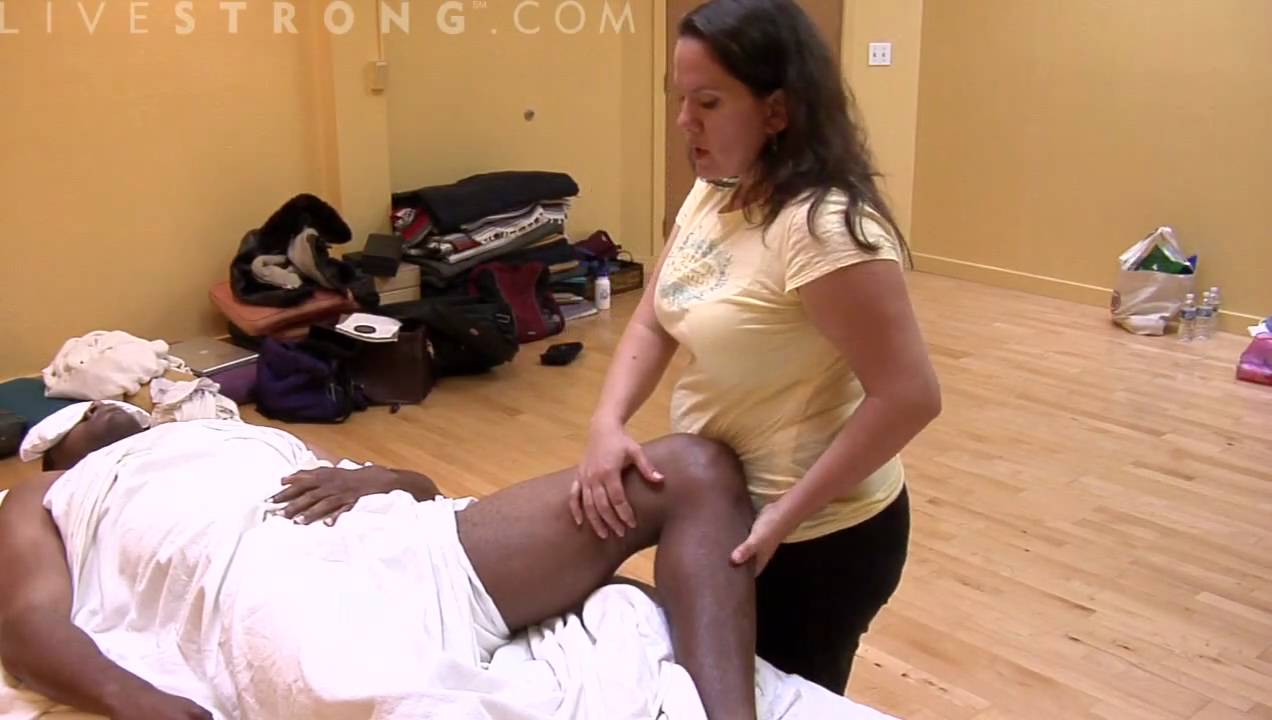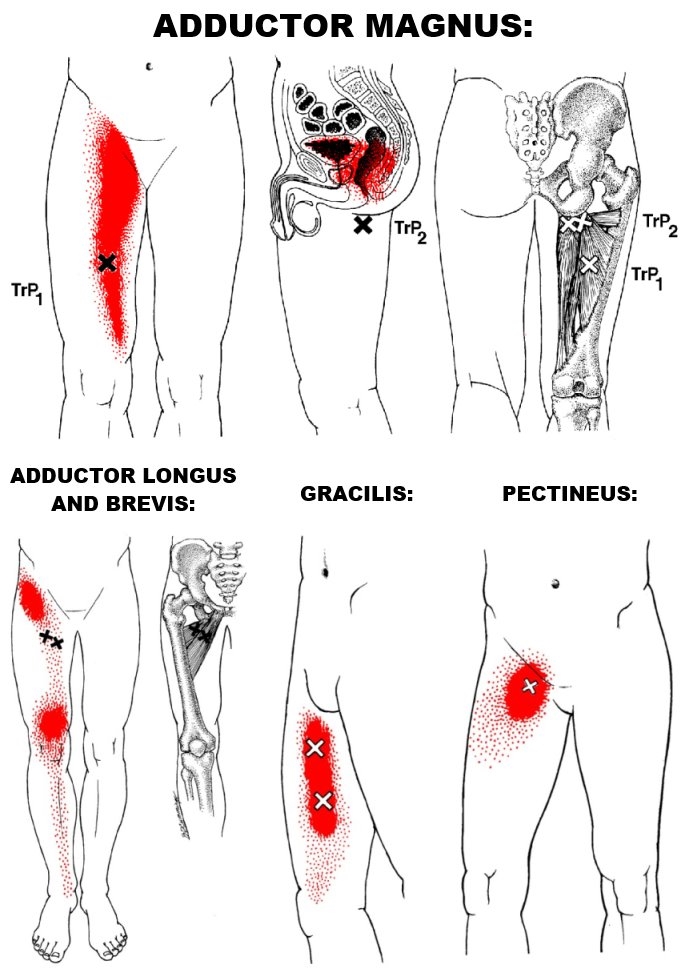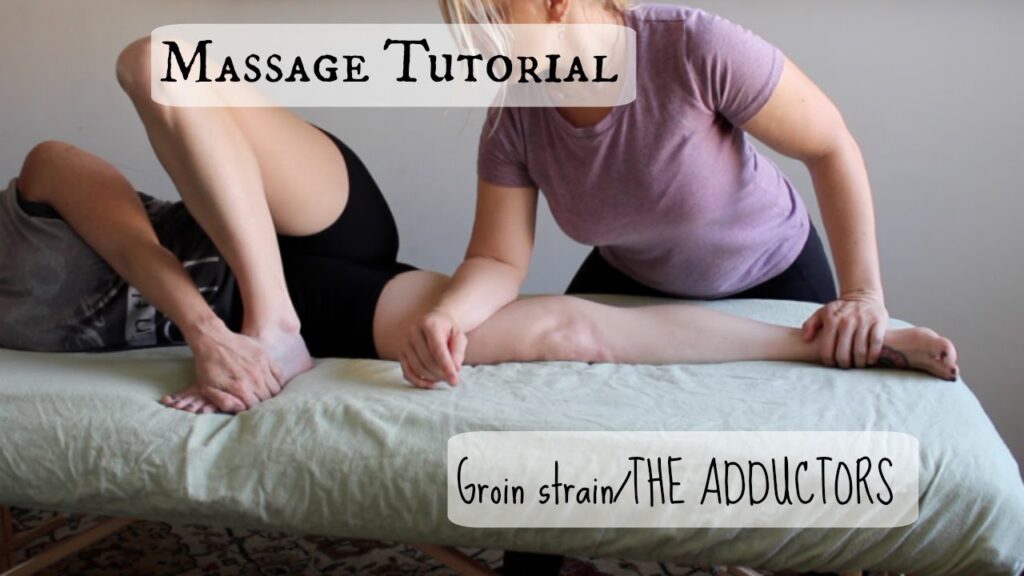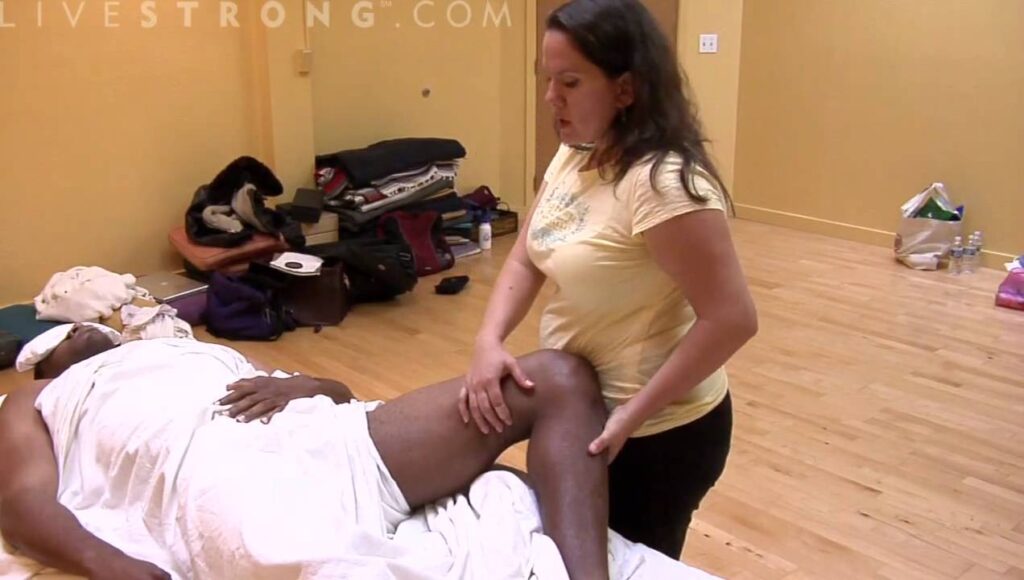In this article, we will be answering the question: Does a full body massage include the groin? We understand that many people have concerns and uncertainties about what is included in a full body massage. As a blog run by massage therapists and enthusiasts, we want to provide you with the information you need to feel comfortable and informed. Throughout this article, we will explore the different types of full body massages and discuss whether or not the groin area is typically included. So, let’s get started and clear up any confusion you may have!
Does A Full Body Massage Include Groin?
As massage therapists and enthusiasts, we are often asked about the boundaries and areas of focus when it comes to a full body massage. One area that can create confusion and apprehension for both therapists and clients is the inclusion of the groin. In this article, we will delve into the topic and provide clarity on whether or not a full body massage includes the groin, as well as discuss the importance of addressing this area during a massage.
What is a Full Body Massage?
Before we dive into the discussion about the inclusion of the groin in a full body massage, let’s first define what a full body massage entails. A full body massage is a therapeutic treatment that aims to relax the entire body by using different techniques to relieve muscle tension, improve blood circulation, and promote overall well-being. It typically involves massaging various body parts, such as the back, shoulders, arms, legs, and feet, using different techniques tailored to the client’s individual needs.
Understanding the Concept of Groin in Massage
To better understand whether the groin is included in a full body massage, it’s essential to have a clear definition and understanding of the groin area. The groin refers to the area between the abdomen and the upper thighs, where the inner thigh meets the pubic region. It is a sensitive area that consists of various muscles, tendons, and ligaments.
Importance of Addressing the Groin During a Massage
Including the groin in a full body massage has several important benefits. The groin houses numerous muscles that can often become tense, especially for those who lead sedentary lifestyles or engage in activities that put strain on these muscles. Addressing the groin during a massage helps to release tension, reduce muscle soreness, and increase flexibility in this area. Furthermore, the groin is interconnected with other parts of the body, and tension in this area can contribute to discomfort in other regions, such as the lower back or hips. By including the groin in a full body massage, therapists can ensure a more comprehensive treatment that addresses the client’s overall well-being.
This image is property of qph.cf2.quoracdn.net.
Inclusion of the Groin in a Full Body Massage
Now that we understand the importance of addressing the groin in a full body massage let’s explore the benefits of including this area in the treatment, as well as the proper techniques to ensure a safe and effective massage.
Benefits of Including the Groin in a Full Body Massage
Including the groin in a full body massage provides several benefits to the client. Firstly, it helps to improve circulation and lymphatic drainage in the area, promoting the removal of toxins and waste products from the muscles. Secondly, by addressing the groin muscles, therapists can relieve tension and stress in this region, leading to increased comfort and relaxation for the client. Additionally, including the groin in the massage allows for a more comprehensive treatment, as it ensures that no area of the body is neglected.
Proper Techniques for Addressing the Groin During a Massage
When it comes to addressing the groin during a full body massage, it is crucial for massage therapists to utilize proper techniques that ensure both safety and effectiveness. Two common techniques used for the groin area are effleurage and petrissage.
Effleurage involves using long, sweeping strokes with light to medium pressure over the groin area. This technique helps to warm up the muscles, improve blood flow, and prepare the tissues for deeper work. Petrissage, on the other hand, involves kneading, squeezing, and lifting the muscles gently with the hand and fingers. This technique helps to release tension and increase flexibility in the groin area.
Safety and Boundaries in a Full Body Massage
While including the groin in a full body massage can provide numerous benefits, it is crucial to prioritize client safety and comfort. Respecting client boundaries is paramount, and communication and consent regarding the inclusion of the groin should always be maintained throughout the session.
Respecting Client Boundaries
Every client has different comfort levels and preferences when it comes to their massage. As a therapist, it is essential to create a safe and comfortable environment where clients feel empowered to express their boundaries. Before beginning the massage, it is important to have an open discussion with the client about their comfort level regarding the inclusion of the groin and to gain explicit consent for addressing this area.
Communication and Consent Regarding the Inclusion of the Groin
During the massage, continuously check in with the client to ensure their comfort and make any necessary adjustments. Encourage open communication throughout the session, allowing the client to voice any discomfort or concerns they may have. By maintaining a respectful and transparent dialogue, massage therapists can create a safe and comfortable space for clients to receive the benefits of including the groin in a full body massage while respecting their boundaries.
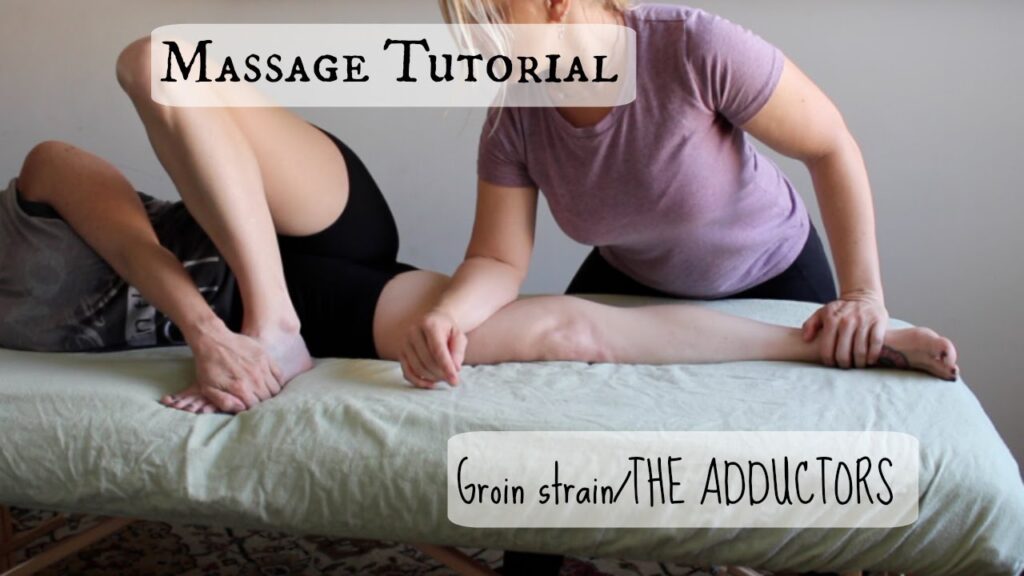
This image is property of i.ytimg.com.
Contraindications of Including the Groin in a Full Body Massage
While including the groin in a full body massage can have numerous benefits, there are certain medical conditions that may require its avoidance. It is crucial for massage therapists to be aware of these contraindications to ensure the safety and well-being of their clients.
Certain Medical Conditions that may Require Avoidance of the Groin Area
Medical conditions such as hernias, infections, inflammation, or recent surgeries in the groin area are examples of situations where it is important to avoid applying pressure or massaging the groin. These conditions may require medical attention and should be addressed and communicated with the client before the massage to determine an appropriate and safe treatment plan.
Adjustments and Alternatives for Clients with Contraindications
For clients who have contraindications that make including the groin in the full body massage unsafe, there are alternative ways to provide a comprehensive treatment. By focusing on other areas of the body such as the legs, hips, or lower back, massage therapists can still ensure a thorough and enjoyable experience for clients while respecting their limitations and health concerns.
This image is property of qph.cf2.quoracdn.net.
Ethics and Professionalism in Including the Groin in a Full Body Massage
Maintaining a professional and respectful atmosphere is crucial when it comes to addressing the groin during a full body massage. Massage therapists must always prioritize client comfort, trust, and well-being throughout the session.
Maintaining a Professional and Respectful Atmosphere
Creating a professional and respectful atmosphere entails ensuring privacy, using proper draping techniques, and employing appropriate communication. By maintaining these standards, massage therapists can establish trust and confidence with their clients, ensuring they feel safe and secure during the massage.
Ensuring Client Comfort and Trust
Client comfort is of utmost importance when including the groin in a full body massage. This includes consistently checking in with the client, using clear and compassionate communication, and addressing any concerns the client may have. Building trust with the client is crucial and can be achieved by demonstrating professionalism, listening to their needs, and adjusting the treatment accordingly.
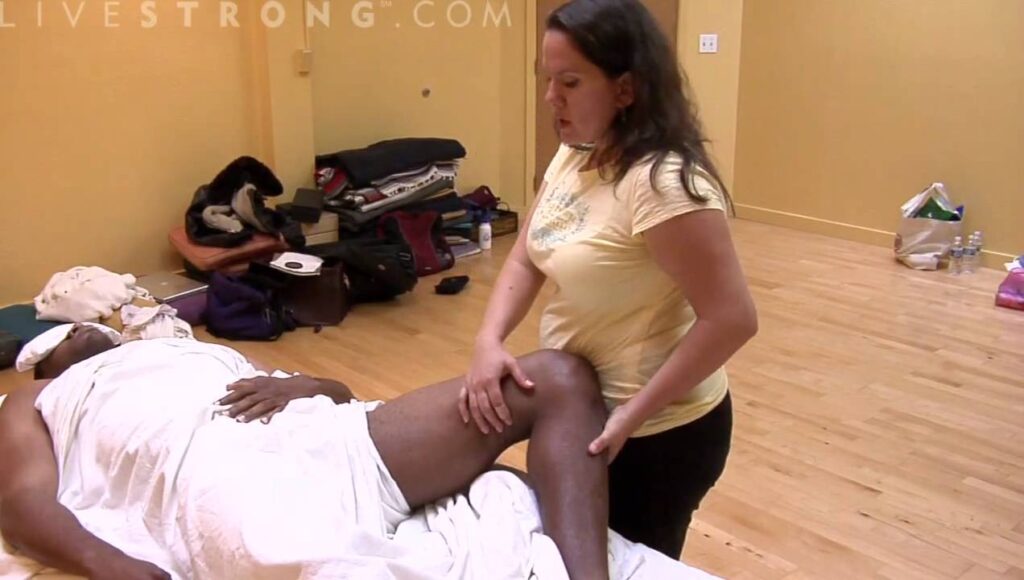
This image is property of i.ytimg.com.
Common Misconceptions about Including the Groin in a Full Body Massage
Despite the many benefits and considerations for including the groin in a full body massage, there are still common misconceptions and concerns surrounding this topic. It is important to address these misconceptions and educate clients about the therapeutic nature of including the groin in a full body massage.
Addressing Concerns and Myths Surrounding Groin Massage
Misconceptions about including the groin in a massage often stem from a lack of understanding or misinformation. By addressing common concerns and debunking myths, massage therapists can alleviate any apprehension clients may have and educate them about the therapeutic value of including the groin in a full body massage.
Educating Clients about the Therapeutic Nature of Including the Groin
To promote a better understanding and appreciation for the inclusion of the groin in a full body massage, therapists should take the time to educate their clients about the specific benefits this area can provide. By explaining the physiological and psychological effects of addressing the groin, clients can make informed decisions and fully reap the benefits of this type of massage.
This image is property of qph.cf2.quoracdn.net.
Conclusion
In conclusion, a full body massage can indeed include the groin, and doing so can provide numerous benefits to the client’s overall well-being. It is essential for massage therapists to communicate and gain consent from the client, respect their boundaries, and utilize proper techniques when addressing the groin. By maintaining a professional and respectful atmosphere, focusing on client comfort and trust, and addressing any misconceptions, massage therapists can ensure a safe and effective full body massage that includes the groin area. Remember, communication and understanding between massage therapists and clients are key to ensuring an enjoyable and beneficial massage experience.
